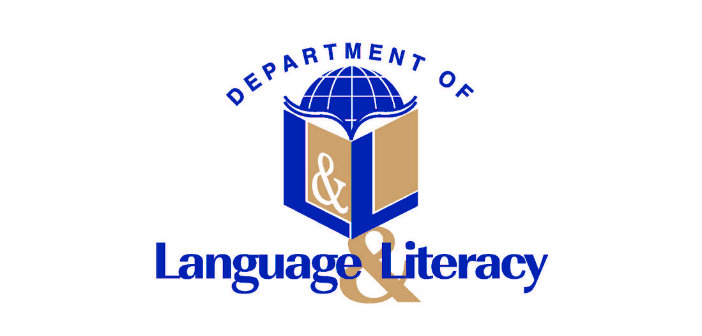How does the brain acquire language? What are some best practices to help learners become proficient in a new language, whether the language is English, Spanish, or even Japanese?
Dallas ISD’s World Languages and Bilingual/ESL departments will explore these questions and provide teachers and administrators with new tools and the latest research in language learning at their first-ever Language Acquisition Symposium, which is July 29 and 30.
Conference organizers say the need is greater than ever to employ more effective methods to help learners acquire languages. If students are to successfully compete in a global marketplace, they will need to become proficient in multiple languages.
Portions of the seminar will help school administrators better supervise and evaluate effective language instruction in the classroom. The event theme is S.P.E.A.K. U.P. for Languages, an acronym that explains the philosophy of the World Languages and Bilingual/ESL departments. John De Mado, a consultant and advocate of second-language acquisition, will serve as the event’s keynote speaker.
The Language and Literacy team that oversees the district’s language instruction programs says the stakes are high for educators to acquire strategies to help students learn new languages more quickly and with less frustration. Not only are multilingual students attractive employment candidates, they also have higher career earning potential compared with students who only speak one language. They cite research that shows there are many benefits to proficiency in multiple languages. Reflecting the future need for a multi-lingual workforce, the symposium will feature a panel of business and higher education representatives advocating for workers who can communicate across language and cultural barriers.
A casual observer might think that only immigrant students are actively engaged in learning a second language, which is a misconception. In fact, 15 percent, or about 24,000 of Dallas ISD’s 160,000-plus students, are pursuing a second or third language. The Bilingual/ESL Department serves another 45 percent of students who are learning English as a second language.
Languages taught in Dallas ISD include Spanish, French, German, Chinese, Japanese, Latin, American Sign Language, Spanish for Heritage (native Spanish) Speakers, and English.
Executive Director of Language and Literacy Susan Walker said the event is a worthwhile collaboration that supports teaching excellence in Dallas ISD classrooms.
Additional information about the symposium is available from the World Languages Department at 972-925-8002 or the Bilingual/ESL Department at 972-925-6490.

